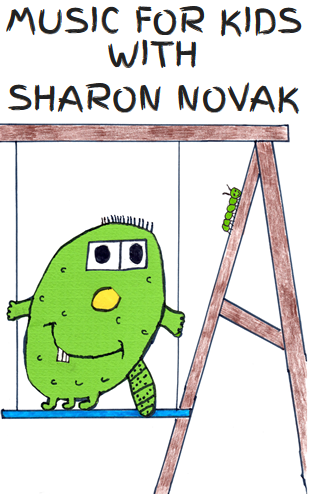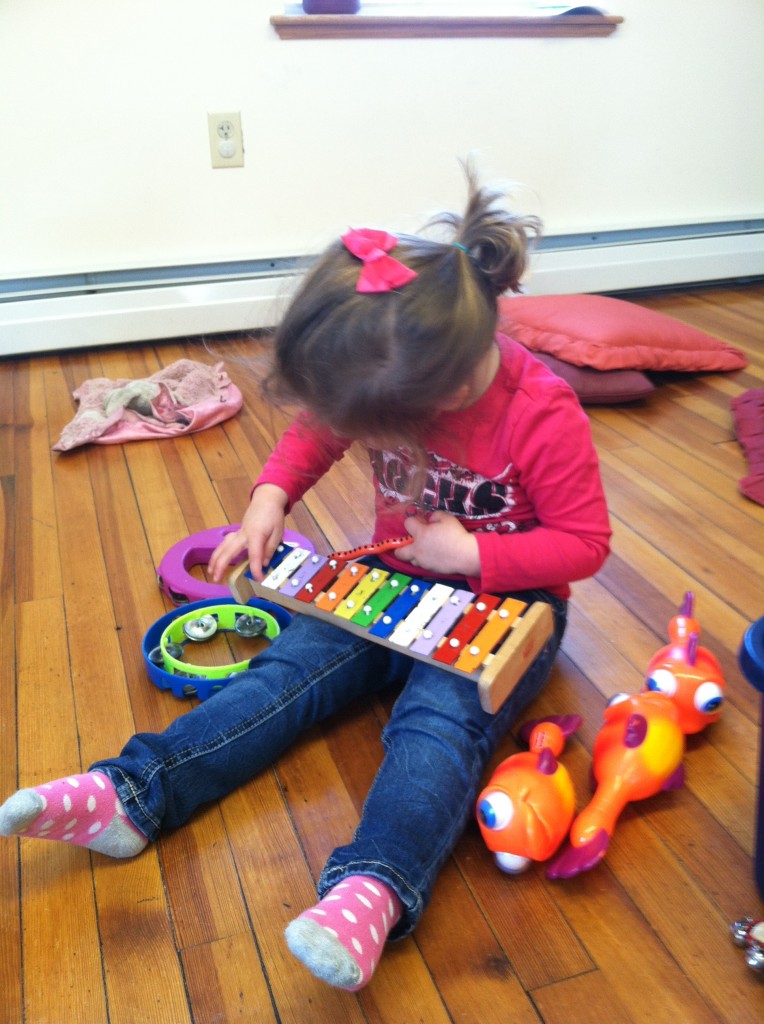Playing Xylophones to Begin Music Education
There is so much to learn in the world of music. As a matter of fact, good musicians never stop learning. Music can be very complicated and there are many levels and facets to learning music. How to begin formal education with young children can seem overwhelming at times. One instrument that is so wonderful for introducing playing and reading music with very young children is the xylophone.
Teaching young children has to begin very simply. Fine motor skills and reading are not even developed, so much of the earliest music education is about skills that prepare children for reading and simply appreciating music and understanding simple pitch and rhythm. When children are three years old, we can begin introducing them to very simple reading skills. I find that using the xylophone is one of the best ways to introduce them to reading and playing.
The first thing is purchasing a good xylophone. Look on any sites that sell instruments for music education and compare prices. A good xylophone for a classroom will cost several hundred dollars. Just shop. The purchase will be worth it.
Once you have acquired a xylophone you are ready to begin teaching. Remember, that very young children are not quite ready to play complete songs, even simple ones. You must begin with very simple phrases. I like to start with a simple “sol, mi” pitch pattern like the the melody you find in the song, “Rain, Rain, Go Away.” (There is one “la” in the song, but first part is there.) Simple songs like this can be found in The Kodaly Method:Comprehensive Music Education from Infant to Adult by Lois Chosky. I put only two notes on my xylophone or hand them two tone bars if this is what I have purchased instead of the entire xylophone. These movable bars give you flexibility and make the chore of playing music very simple for very young children. They are now not having to find the notes. You have found the notes for them and have given the notes to them.
The teacher will give the children who are playing two mallets, one for each hand. It is best to find mallets with shorter and wider sticks attached to a slightly larger head. If these are not available for purchase, then making them may be an option. Let each child have one mallet in each hand for playing one note at a time. Play notes for them so that children can mirror your playing one note at a time, one per hand. Some young children may not be able to alternate hands while playing. Encourage, but don’t penalize if they cannot do this yet. This is a skill that takes time to learn, so playing each week will slowly teach them how. This is also a cognitive skill, so it will happen when it is time for them to be able to do it. It cannot be forced ahead of time. If they play hands together instead of separately, give them praise! With a “sol, mi” pitch, they are still playing the chord. Young children will be so proud of themselves for playing an instrument! This will be their first success at playing real music!
When I teach with just two notes, I show them the notes on my felt staff that I have made and let them each come up and put those two notes where they belong on the staff. Children love putting the felt notes on my felt staff. After we have done this, we practice trying to draw the notes. Three year old children have less success with this, but they enjoy doing it and this is the beginning of their reading and writing career. I am always very conscientious of going from left to right since this is the direction in which we read in many of our countries and in our music!
Now, once this foundation has been laid, children who are four years old are ready to learn to play a really simple song like hot cross buns. They will enjoy this because it sounds like a real song. Again, just apply the felt activity to help them reinforce the reading of notes. I use B,A,G. Any notes will do. With songs like this, I just have my students play with one mallet in one hand. At this age children will be ready to explore learning other instruments like piano, but still at a very elementary, introductory level.
If you as a teacher can successfully begin using xylophones for teaching music, you will successfully introduce your students to the world of formal music education.



